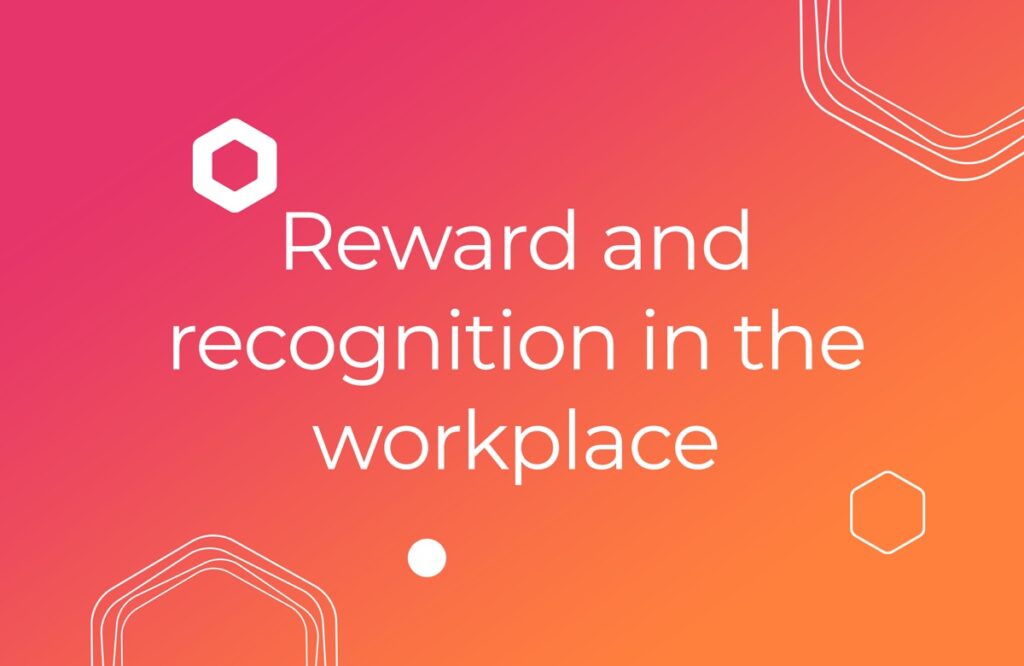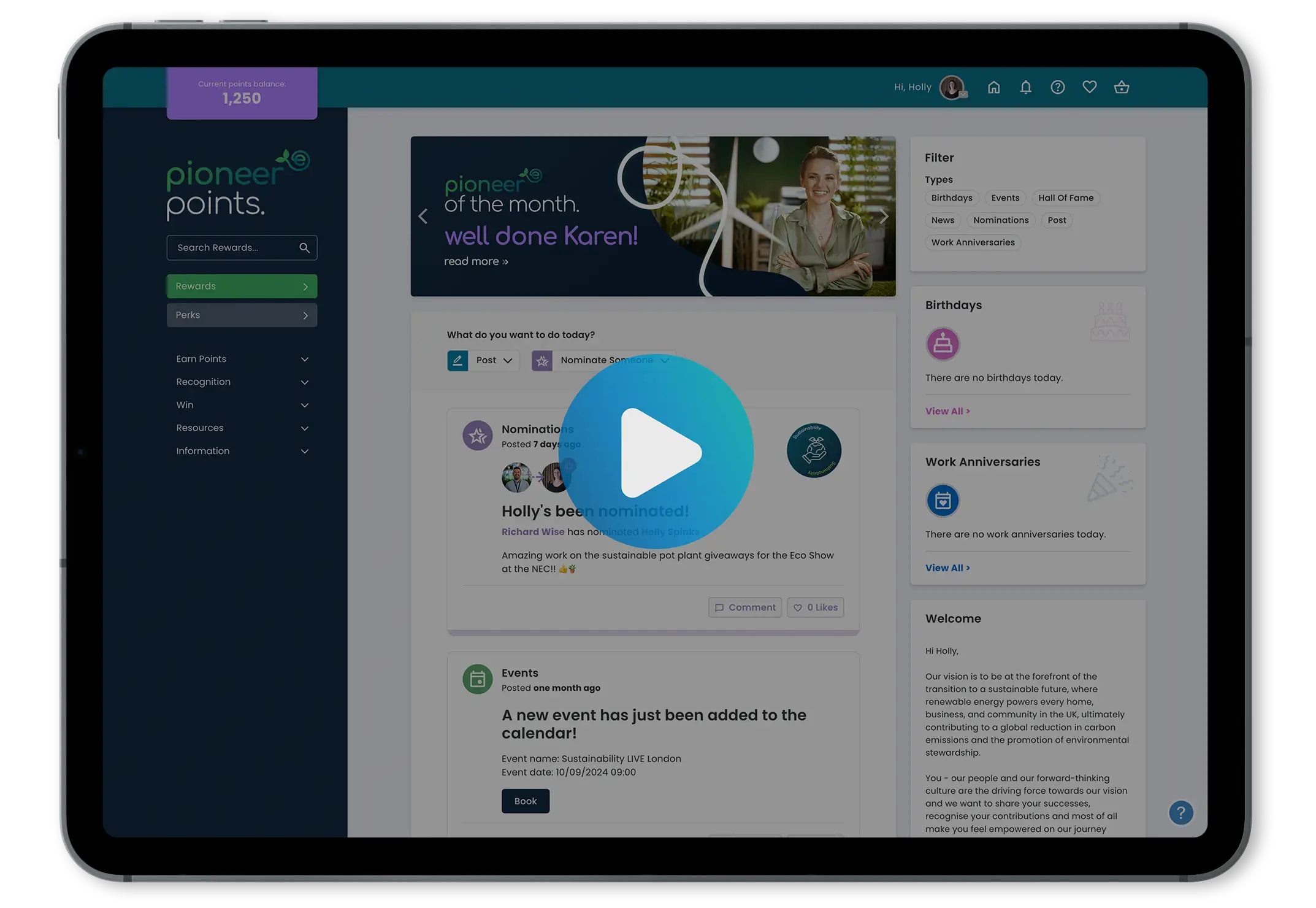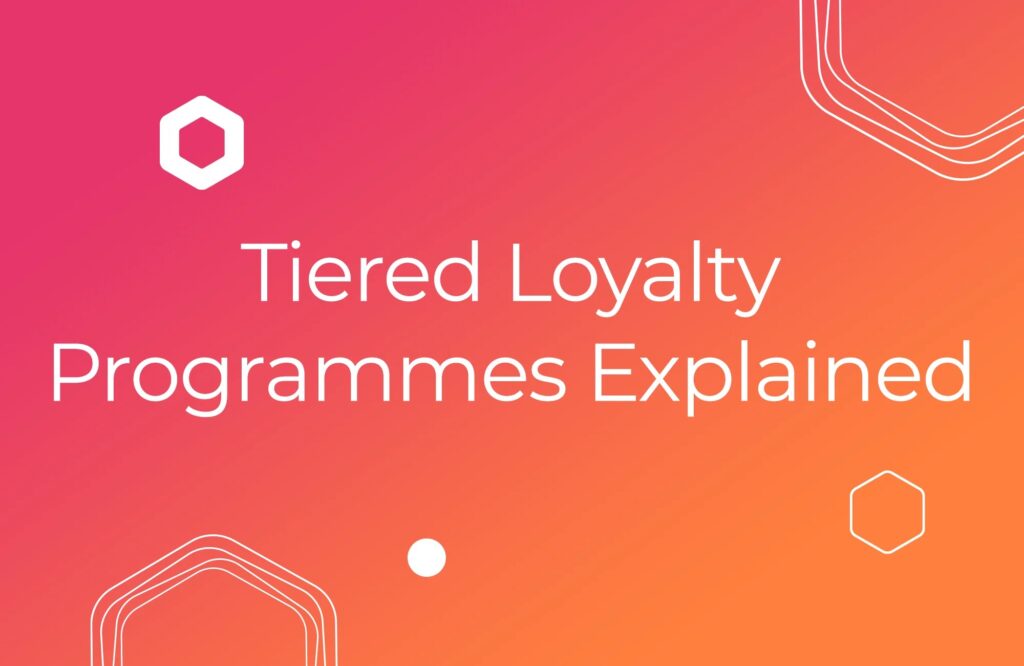


Tiered loyalty programmes have become a cornerstone of modern consumer engagement strategies, revolutionising the way in which businesses reward customer loyalty. These programmes are designed to segment customers into distinct tiers – or levels – based on their engagement and spending habits.
By offering escalating benefits and privileges as customers progress through these tiers, businesses can incentivise customers to return time and again, while fostering a sense of exclusivity and appreciation.
In this blog, we’ll delve into the benefits of tiered loyalty programmes, their impact on customer relationships and their significance.
Skip to:
What are tiered loyalty programmes?
Tiered loyalty programmes are structured systems designed to reward customers for their loyalty based on their level of engagement or spend. These programmes are organised into multiple tiers, each offering increasingly valuable benefits as customers progress through them.
Here’s a breakdown of how they typically function:
- Entry-level tier: This is the starting point for all customers. Here, they receive fundamental benefits such as discounts, special offers or earning points for their purchases. It’s a way to welcome everyone into the loyalty fold and provide a taste of the rewards to come.
- Middle tier: Customers who demonstrate higher levels of engagement or spending may advance to the middle tier. Here, they unlock enhanced rewards like exclusive discounts, early access to sales or personalised offers.
- Top tier: Reserved for the brand’s most devoted and high-spending customers, the top tier offers the crème de la crème of rewards. These might include VIP access to events, complimentary upgrades, dedicated customer service channels or even custom gifts tailored to their preferences.
The underlying concept behind tiered loyalty programmes is to motivate customers to increase their spending or engagement with the brand to access better rewards. By offering a progression of benefits, these programmes foster deeper loyalty, encourage repeat business, and ultimately drive revenue growth.

What are the benefits of using loyalty tiers?
Implementing loyalty tiers offers benefits such as greater customer retention, increased spending and a competitive differentiator, to name just a few. Let’s take a look at some of these key benefits in more detail:
 Customer retention
Customer retention
Tiered loyalty programmes incentivise customers to continue engaging with the brand in order to unlock higher tiers and access better rewards. This can help increase retention rates as customers are motivated to maintain their status and get access to exclusive benefits.
 Higher spending
Higher spending
By dangling more attractive perks at higher levels, businesses effectively encourage customers to increase their spending. As customers aspire to access these superior benefits, they are inclined to make additional purchases or spend more per transaction. This heightened spending behaviour not only elevates the average order value but also contributes to a significant uptick in overall revenue for the company.
 Data collection and analysis
Data collection and analysis
As customers engage with the programme and progress through its tiers, businesses gain access to a wealth of information about their preferences, purchasing habits, and engagement patterns. Tracking customer activity across different tiers allows businesses to identify their most valuable customers—the ones who consistently spend more, engage more frequently, or demonstrate higher levels of loyalty. Armed with this knowledge, businesses can tailor their marketing strategies to better meet the needs and preferences of these key customer segments.
 Customer engagement
Customer engagement
Tiered loyalty programmes provide opportunities for ongoing engagement with customers. Businesses can communicate with members about their progress, notify them of new rewards or promotions and encourage them to participate in various activities to earn points or move up tiers.
 Brand advocacy
Brand advocacy
When customers experience the perks associated with higher loyalty tiers, they develop a stronger emotional connection to the brand. This heightened sense of loyalty often transforms these customers into enthusiastic brand advocates. In turn, these advocates actively promote the brand to others in their social circles, sharing their positive experiences on social media platforms, leaving glowing reviews and engaging in word-of-mouth marketing efforts. Their genuine enthusiasm and endorsement serve as powerful endorsements, influencing others to try the brand’s products or services.
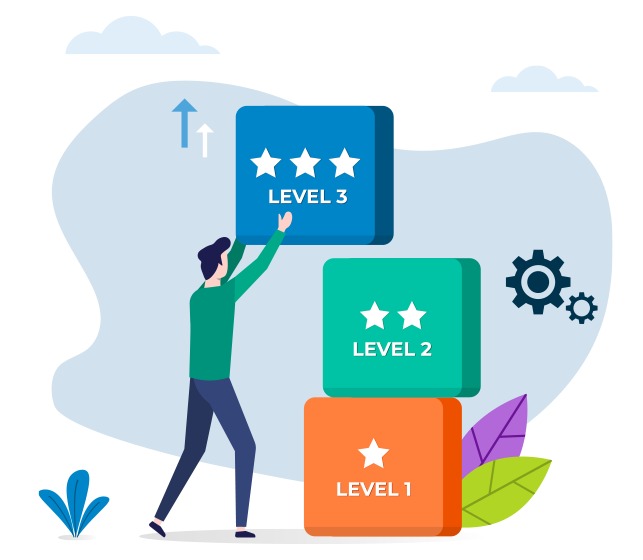
The disadvantages of tiered loyalty
While tiered loyalty programmes undoubtedly offer a multitude of benefits for both businesses and customers alike, it’s essential to recognise that they are not without their potential drawbacks. Understanding these potential disadvantages is crucial for businesses to make informed decisions and ensure the success of their loyalty initiatives:
 Customer frustration (when rewards are hard to access)
Customer frustration (when rewards are hard to access)
When customers encounter difficulty in meeting the criteria for advancing to higher tiers or perceive the rewards at those levels as insufficient, it can trigger frustration. This can lead to disengagement, posing a risk to the brand. Negative feedback and reputational damage may ensue if customers feel dissatisfied with the value proposition. Therefore, it’s essential for businesses to carefully balance the requirements and rewards to ensure customer satisfaction and programme effectiveness.
 Exclusivity concerns
Exclusivity concerns
When the most desirable rewards are reserved for a select group of customers, it can lead to feelings of exclusion among lower-tier members. Consequently, this may deter them from actively participating or remaining loyal to the brand. It’s crucial for businesses to address these concerns to ensure that all customers feel valued and included. You can do this by introducing smaller benefits that are staggered along the journey to top-tier ‘gold-star’ status.
 Costs and ROI
Costs and ROI
Implementing and then maintaining a tiered loyalty programme can be costly, particularly if the rewards offered at higher tiers are expensive to fulfil. Businesses must carefully weigh the costs against the expected return on investment (ROI) to ensure that the programme is financially sustainable. Provided you have those all-important performance metrics in place, it should be easy to justify the business case… but it pays to be organised from the get-go!
 Data privacy and security risks
Data privacy and security risks
Loyalty programmes involve collecting and storing customer data, which comes with inherent privacy and security risks. Businesses must take measures to protect customer information from data breaches and unauthorised access, complying with relevant regulations such as GDPR or CCPA.
So, how many tiers should a loyalty programme have?
The number of tiers can vary depending on the nature of the business, the target market and the programme’s objectives. However, most loyalty programmes typically have between two to four tiers.
Here’s a breakdown of some of the most common approaches:
 Two-tier programmes:
Two-tier programmes:
Two-tier loyalty programmes offer a structured approach to engage with diverse customer needs. They typically consist of a foundational tier accessible to all customers and a premium tier for loyal or high-spending patrons. This model is effective for businesses with straightforward customer demographics and consistent purchasing behaviours. The basic tier ensures inclusivity, providing essential benefits to all customers, while the premium tier rewards loyalty with exclusive perks.
 Three-tier programmes:
Three-tier programmes:
Three-tier programmes divide participants into three distinct tiers: basic, middle, and top. This structure introduces a higher level of versatility in recognising varying degrees of customer engagement and expenditure.
Basic tier: The foundational level (or basic tier) is accessible to all participants. Here, customers receive entry-level benefits, establishing a solid foundation for their involvement in the programme. These perks are designed to appeal to a broad audience, with incentives being offered for initial engagement and also, encouraging their participation.
Middle tier: Moving up the ladder, the middle tier represents a significant progression for customers who demonstrate increased commitment or spending. Participants in this tier enjoy enhanced benefits and rewards compared to the basic tier, serving as a tangible incentive for continued investment in the programme.
Top tier: At the pinnacle of the programme sits the top tier, reserved for the most dedicated and high-spending customers. This tier offers exclusive privileges, personalised services and premium rewards.
 Four or more tiers
Four or more tiers
In loyalty programmes featuring four or more tiers, customers embark on a journey towards elevated benefits and exclusivity as they ascend through each tier. This tiered structure, characterised by escalating privileges, is prevalent in industries marked by fierce competition or extensive customer diversity.
At the core of this multifaceted approach lies the foundational tier, where customers initiate their engagement with the programme. Here, they receive introductory benefits, setting the stage for their progression through the tiers. As customers advance, they encounter increasingly enticing rewards and tailored experiences, reflecting their growing loyalty and commitment to the brand.
With each tier, customers unlock a new realm of exclusive benefits and personalised services, ranging from VIP access to events and experiences to concierge-level assistance and tailored rewards.
However, orchestrating multiple tiers necessitates meticulous management and allocation of resources. Businesses must navigate the complexities of segmenting their customer base effectively, ensuring that each tier’s offerings align with the distinct needs and preferences of its members.

Great examples of a loyalty tier system in action
Several companies have successfully implemented tiered loyalty programmes and here are a few good examples:
 Starbucks rewards
Starbucks rewards
Starbucks offers a tiered loyalty programme with two main levels: Green and Gold.
Customers start at the Green level and can earn “stars” for every purchase they make at Starbucks. Once they accumulate a certain number of stars, they achieve Gold status.
At the Gold level, members enjoy perks such as a free beverage on their birthday, free in-store refills, and access to exclusive offers and promotions. Additionally, Starbucks Rewards members can earn stars faster by using the Starbucks mobile app or Starbucks Rewards Visa card.
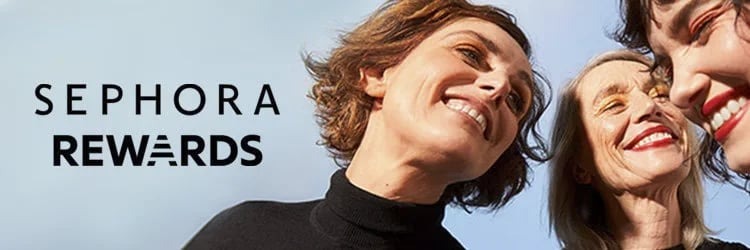
 Sephora Beauty Insider
Sephora Beauty Insider
Sephora’s Beauty Insider programme offers a comprehensive journey through three tiers: Insider, VIB (Very Important Beauty Insider), and Rouge, meticulously designed to enhance and elevate the beauty experience for its members.
At its inception, customers enter as Insiders, initiating their beauty journey with access to a world of rewards. As they indulge in their love for beauty products, patrons earn points with each purchase, gradually advancing through the tiers by meeting spending milestones.
Upon reaching the esteemed VIB tier, members are granted exclusive access to a wealth of rewards, from coveted birthday gifts to early previews of product launches, enabling them to stay ahead of the curve in beauty trends and innovations.
For those who achieve the highest ‘rouge’ tier, indulgent personalised makeovers and advice on skincare routines (administered by seasoned Sephora beauty experts) await.
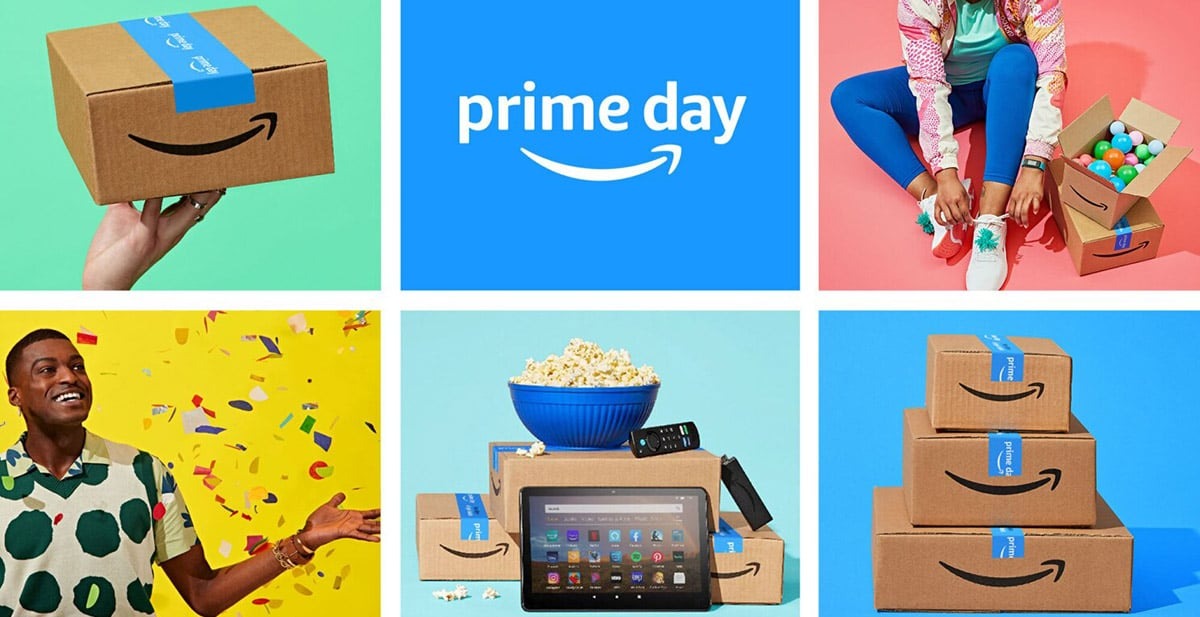
 Amazon Prime
Amazon Prime
Amazon Prime, while not adhering to the conventional tiered loyalty model, presents a multifaceted membership structure that caters to a diverse range of consumer needs. At its core, Prime membership entails paying an annual fee for access to an extensive array of benefits.
Central to the Prime experience is the hallmark perk of free two-day shipping, providing members with unparalleled convenience and speed in receiving their purchases. This expedited shipping service underscores Amazon’s commitment to delivering exceptional value, ensuring that members can enjoy their purchases swiftly and hassle-free.
In addition, Prime membership encompasses a wealth of digital entertainment offerings, including streaming of movies, TV shows, and original content through Amazon Prime Video for endless hours of entertainment at their fingertips.
Prime members also gain access to exclusive deals and discounts on a wide range of products. From discounted prices on everyday essentials to limited-time promotions on popular items, Prime offers members the opportunity to save money while enjoying the convenience of online shopping.
Beyond these core benefits, Amazon extends its membership offerings to include additional tiers tailored to specific demographics and interests. Prime Student, for example, caters to college students, offering discounted membership rates and exclusive deals on textbooks, electronics, and other essentials.
 American Airlines AAdvantage
American Airlines AAdvantage
At the core of the AAdvantage programme lies its tiered structure, encompassing four distinct levels: Gold, Platinum, Platinum Pro, and Executive Platinum. Each tier offers escalating benefits, tailored to reward members based on their loyalty and engagement.
Members have diverse opportunities to accumulate miles, extending beyond just flight bookings. Whether they’re flying with American Airlines or its partner carriers, reserving accommodations, renting vehicles, or utilising co-branded credit cards for purchases, the avenues for earning rewards are plentiful.
As members progress through the tiers, they unlock an array of exclusive perks designed to enhance their travel experiences. Priority boarding streamlines the beginning of their journey, while complimentary upgrades provide opportunities for increased comfort and luxury during flights. Additionally, access to airport lounges offers a tranquil retreat amidst bustling terminals, elevating the overall pre-flight experience for members.
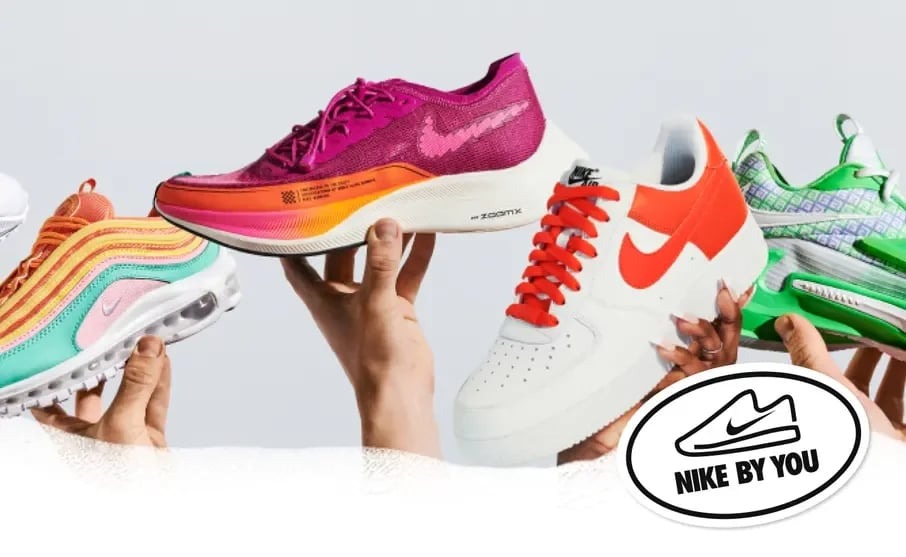
 NikePlus
NikePlus
Through NikePlus, members earn points not only for their purchases but also for engaging with the brand in various ways, such as participating in challenges, attending Nike events or even sharing their experiences on social media platforms.
This multifaceted approach ensures that every touchpoint with Nike is rewarding, inspiring members to stay actively involved in the community.
The accrued points serve as a gateway to a treasure trove of exclusive offerings – from coveted Nike merchandise to access to member-only events featuring top athletes and influencers. Members can also leverage their points to unlock personalised training programmes tailored to their fitness goals and aspirations, enhancing their journey towards peak performance.
One of the standout features of NikePlus is its provision of early access to highly anticipated product launches. By granting members exclusive previews and pre-sale opportunities, Nike fosters a sense of excitement and anticipation, further solidifying their loyalty to the brand. Additionally, members enjoy the convenience of complimentary shipping on all orders, ensuring a seamless and hassle-free shopping experience.
NikePlus transcends the traditional notion of a loyalty programme, evolving into a dynamic ecosystem where members are not just consumers but valued participants in a vibrant community, united by their passion for sport and style.
Create a winning tiered loyalty programme today
A tiered loyalty programme is a strategic investment in building lasting relationships with your customers while driving repeat business and fostering brand loyalty. With Incentivesmart’s expertise in loyalty programme design and implementation, you can unlock the full potential of your loyalty initiatives.
By crafting engaging tiers, coupling these with compelling rewards and leveraging data-driven insights, you can create a loyalty programme that not only delights your customers but also delivers tangible results for your business.
So, what are you waiting for? Get in touch with us today!
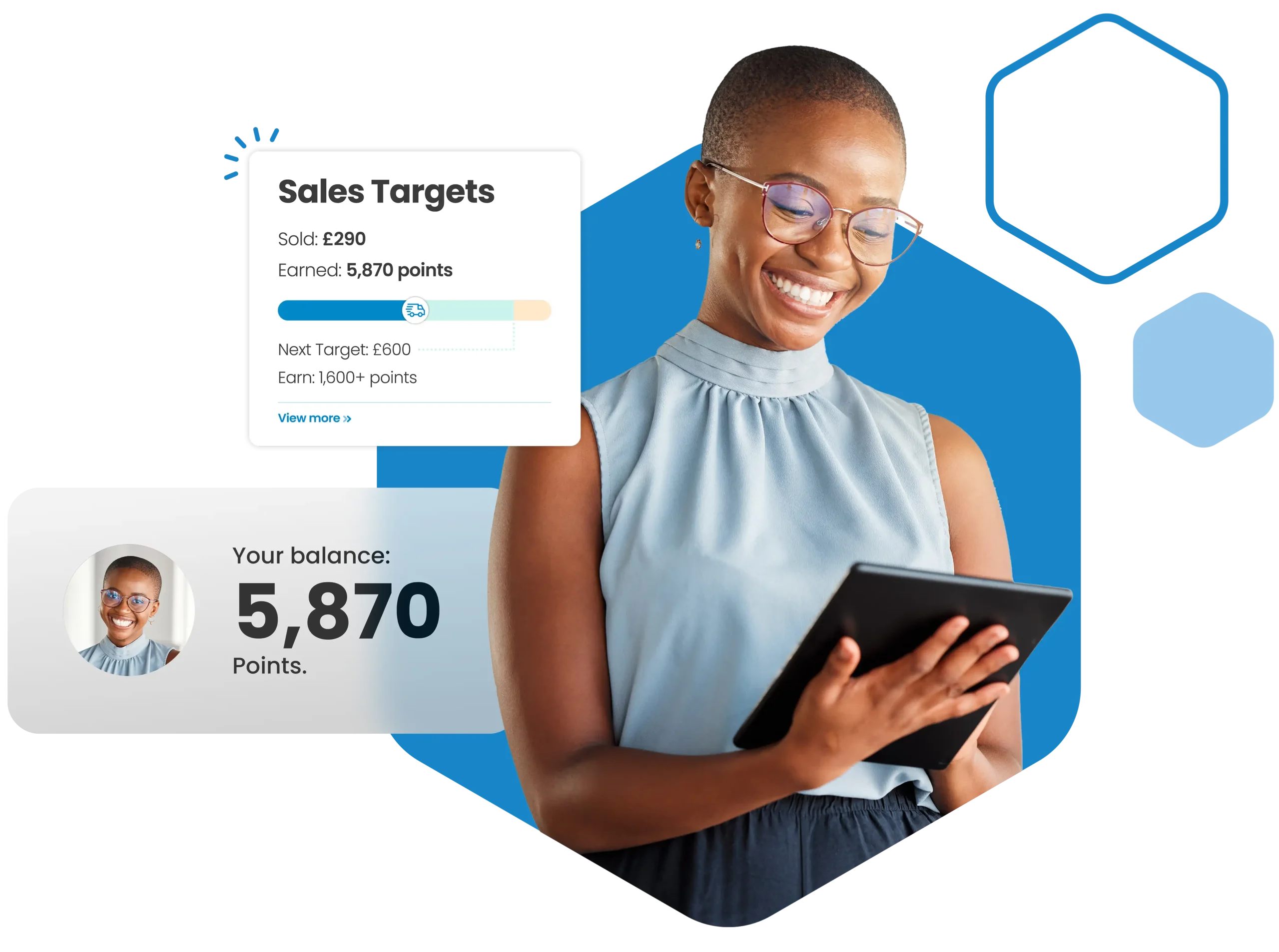


![How to keep customers coming back for more{{ include_custom_fonts({"Poppins":["Semi Bold"]}) }}](https://no-cache.hubspot.com/cta/default/5921162/interactive-188375258646.png)

